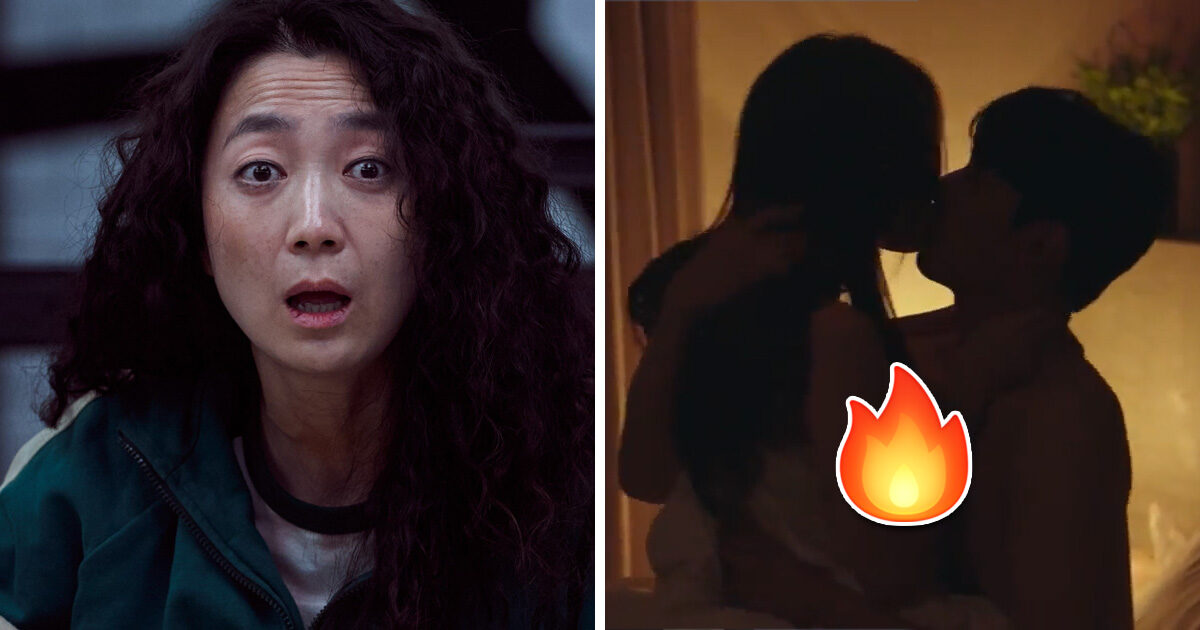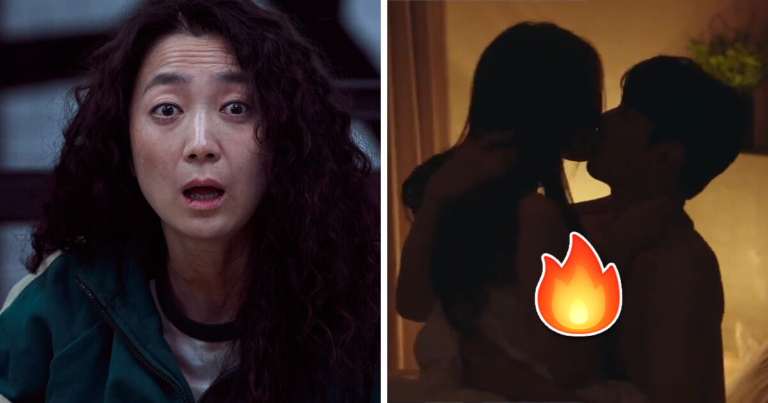Some viewers aren’t loving the changes.

K-Dramas aren’t new to international audiences, but they are relatively new to Netflix. Some longtime viewers, who began their K-Drama journeys outside of Netflix, pointed out a few changes that not everyone loves.
1. Flawed subtitles
From botched translations to “westernized” dialogue, some viewers (especially bilingual ones) find Netflix’s subtitles lacking. Often, these subtitles favor straightforwardness for the sake of clarity that can, unfortunately, strip away cultural context and a deeper meaning. This can make it very difficult for anyone hoping to use Netflix to help them learn the Korean language.
For example, sometimes Netflix replaces terms of address such as “oppa” (a word women use to address older brothers and older male friends) with the character’s name. The differences between jondaemal, polite speech, and banmal, informal speech are also glossed over. In particular, Squid Game viewers called out Netflix for butchering the character Han Mi Nyeo by mistranslating her dialogue.
The English translation says, ‘I’m not a genius, but I can work it out.’ What she actually said was, ‘I’m very smart, I just never got a chance to study.’
That is a huge trope in Korean media. The poor person that is clever and smart, but isn’t wealthy. That is a huge part of her [Han Mi Nyeo] character. Everything she says, is being botched […] all the writers want you to know about her, is that.
— Youngmi Mayer @youngmimayer/TikTok
2. Episode Formatting & Seasons
Up until recently, most K-Dramas were one-season series consisting of 16 episodes. They aired weekly or bi-weekly until the show ended. Each show was self-contained, neatly wrapping up by the finale, and second seasons (like IRIS II) were rare exceptions.
Now, Netflix is splitting some K-Dramas into halves, airing Part 2 months–even years–after Part 1. The Glory Part 1 premiered on December 30th last year, and Part 2 is hitting screens on March 10th.
Unfortunately, fans now have to wait long periods of time for some “unfinished” shows to conclude.
3. Explicit content
My Name, Squid Game, and Somebody are just a few examples that set apart K-Dramas on Netflix and K-Dramas made by Netflix. Netflix K-Dramas, especially thrillers and romances, tend to be grittier and contain sexual content that goes against broadcasting guidelines for television in South Korea.

While some viewers welcome the change, others find the nudity, sex, and violence gratuitous.
Yes!!!! This whole sex +18 plus thing needs to go. That’s the reason why I first started watching kdramas because they didn’t have that. Living in western society everything we watch is full of sex and nudity 24/7 and I’m sick of it so I hope kdramas don’t follow this path🥲😔 https://t.co/gvvJvtbZiV
— Mads🧚♂️ (@kdramaticsxo) November 21, 2021
Many international viewers initially gravitated to K-Dramas because the “clean” content and slow-burn romances were a breath of fresh air after watching Hollywood TV shows.
In Hollywood romances, characters’ relationships are often, but not always, fast-paced and sexually charged.
What are your thoughts?

